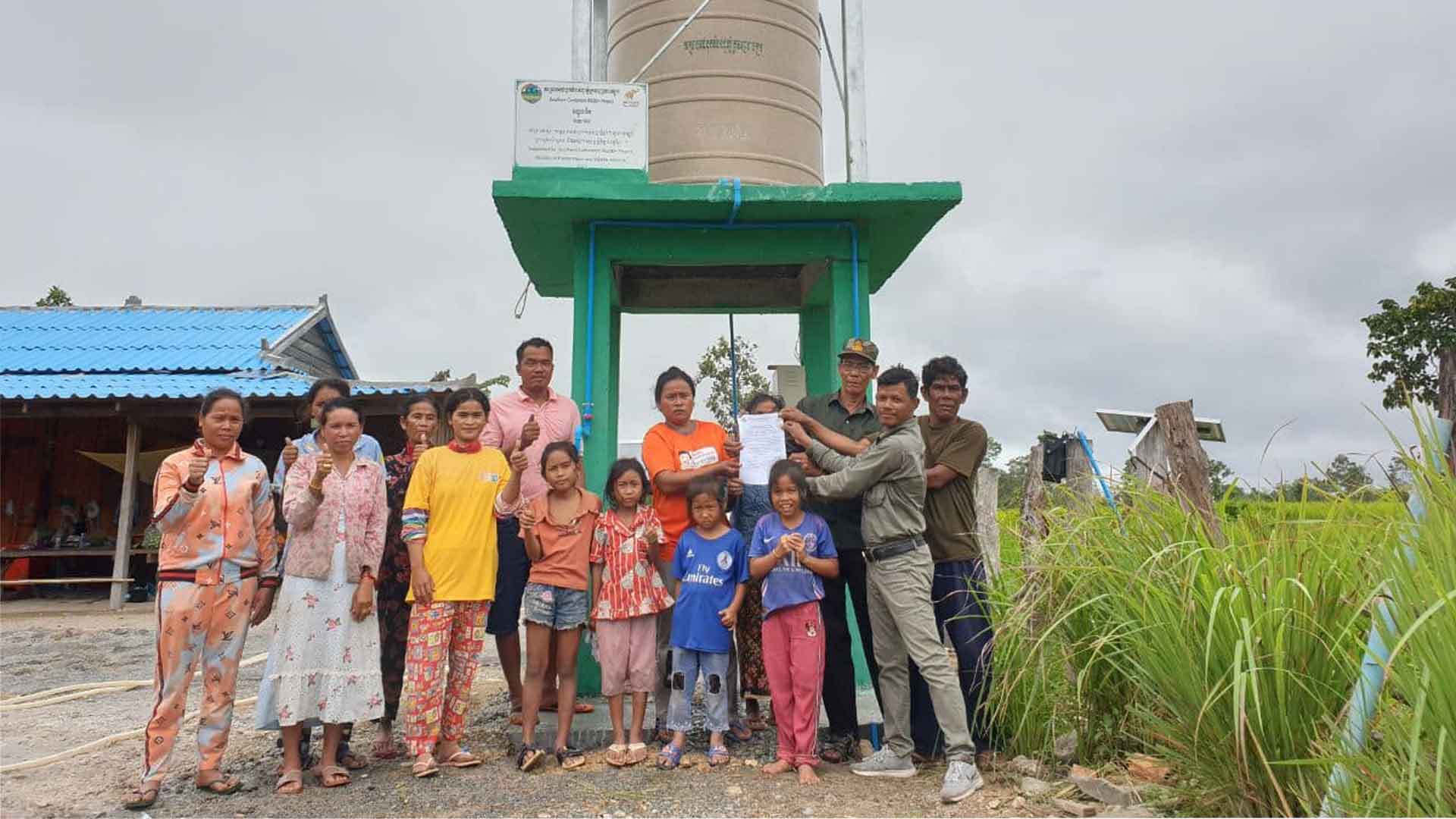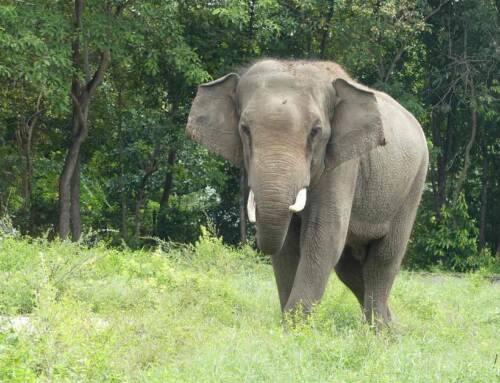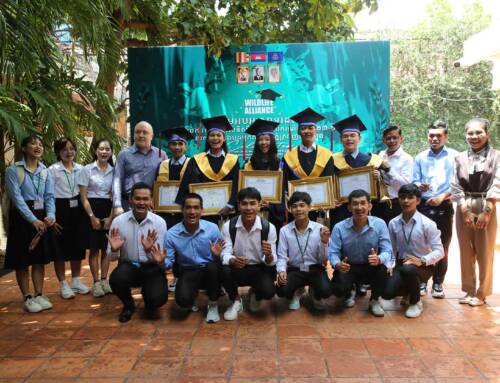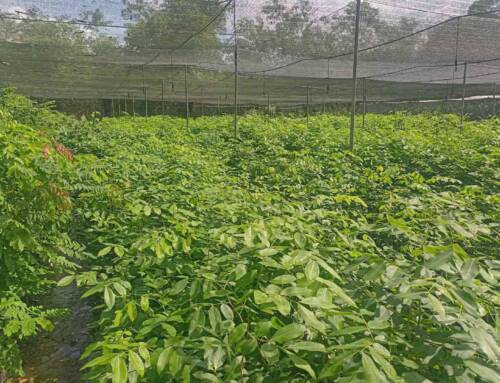Yesterday marked a new day for poor communities in the Cardamoms: water at the turn of a tap. While this is the norm for many of us, villagers in rural Cambodia are forced to walk many kilometres under the hot sun or pay prohibitive prices for a drop of drinking water – until now.
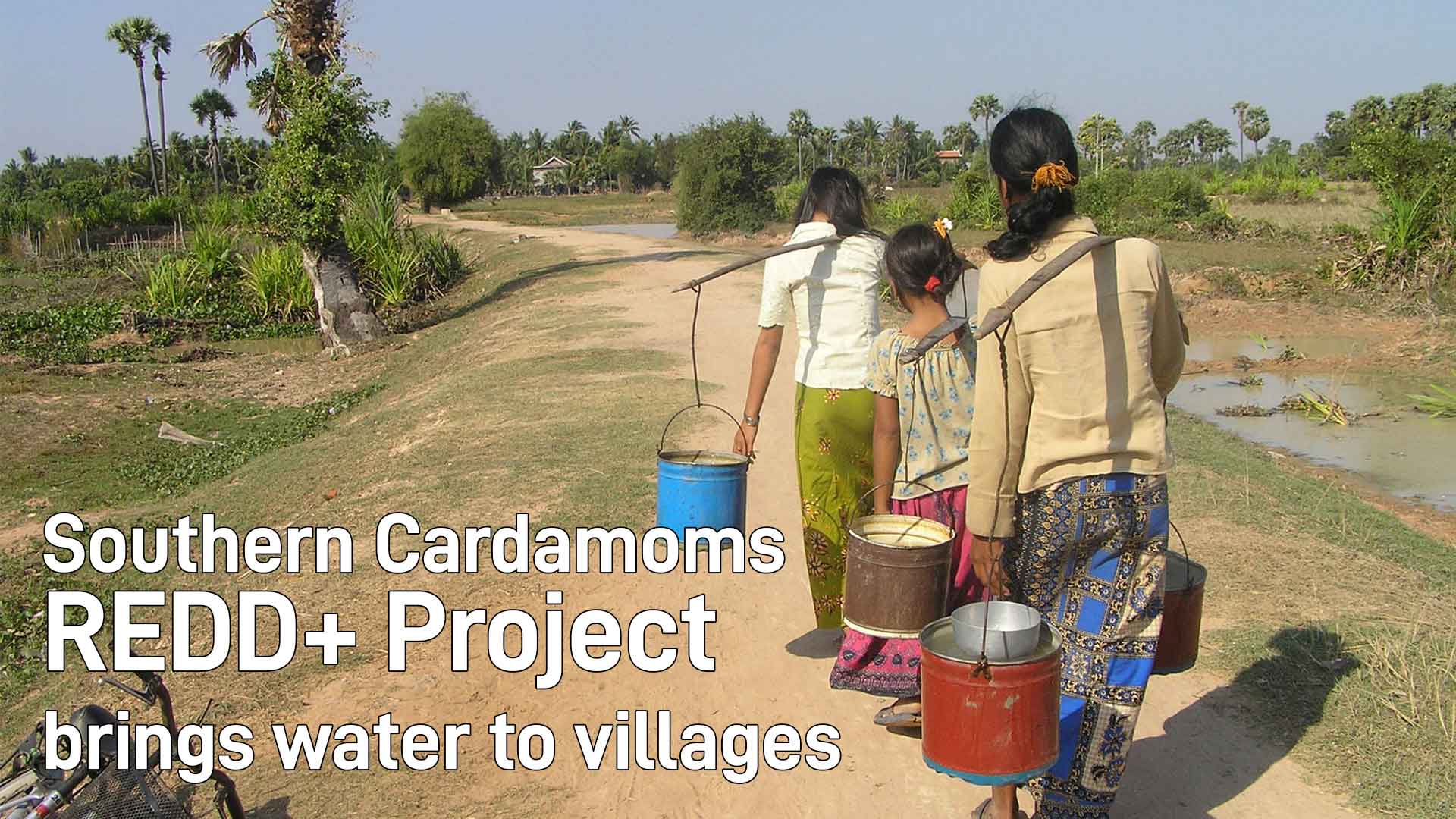
Fighting climate while bringing water
Thanks to the Southern Cardamom REDD+ project, 11 villages will have water on tap for the first time. This carbon credit scheme generates financing for infrastructure enabled by the commitment of the Ministry of Environment and local communities to conserve the forest in the Cardamom Rainforest Landscape.
“In exchange for keeping the forest in the area standing,” Suwanna Gauntlett explained, “these communities can now have access to freshwater supply through the installation of modern wells.”
The Southern Cardamom REDD+ project is led by the Ministry of Environment and implemented by Wildlife Alliance. According to the work plan, a total of 18 water wells will be completed by the end of October 2021, with 25 planned for next year, to make a total of 43 water wells constructed by the end of 2022.
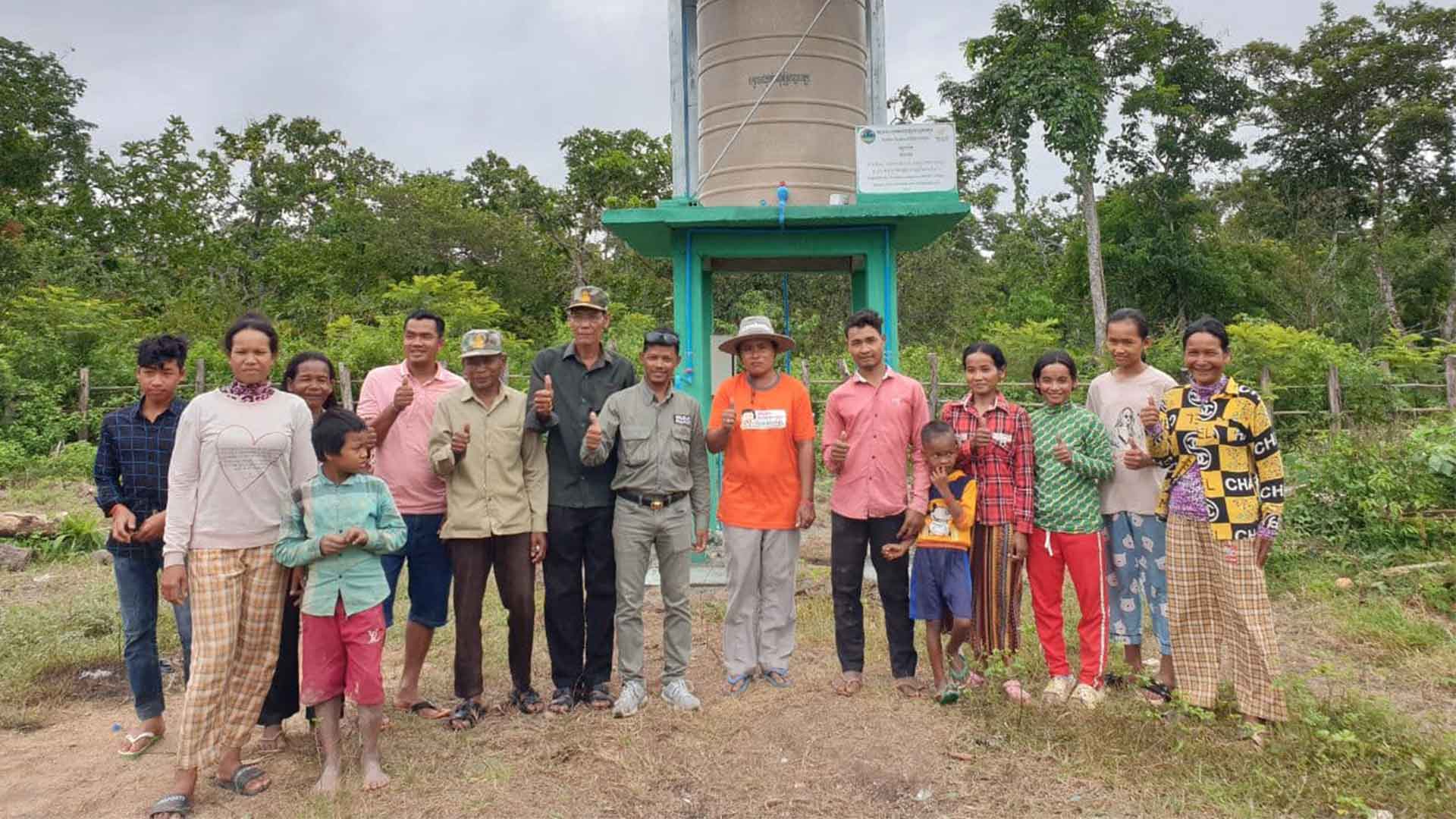
Other infrastructure financed by the Southern Cardamom REDD+ project so far include a road, bridge, a secondary school, health center plus $200,000 in Covid relief, including purchase of medicine and medical equipment for frontline healthcare workers.
Water for forest protection
On 15th September, a ceremony was held to inaugurate the construction of 43 water wells with solar energy for 11 villages.
The ceremony was held at one of the planned well-drilling villages in Trapeng Chheu Trav village, Russei Chrum Commune, Thmar Bang District in Koh Kong Province, presided over by H.E. Chuop Paris, Representative of H.E. Say Samal, Minister of Environment, H.E. Mithona Phuthorng, Koh Kong Provincial Governor and Mr Sophany Touch, Wildlife Alliance’s community development manager.
Touch explained the problem for members of local communities. “Every day, they have to walk several kilometers to collect water or arrange transport to the nearest village.” The price of drinking water is a challenge for families in the area. Villagers in Romeang Sor are the first beneficiaries of the two completed water wells, along with Chhay Reap that will receive 8 wells.
In June and July 2021, preliminary drilling for groundwater was conducted by Wildlife Alliance at Romeang Sor, Koki Chrum, Trapeng Chheour Trav, O’som, Kien Chongruk, Chhay Reap, Kamlot, Prek Svay, Koh, Chumnoab, Chrak Russey villages in Koh Kong, Pursat and Kampong Speu provinces.
A fresh approach to water infrastructure
The infrastructure design is modern with solar power and automated solar pumps which are appropriate for rural locations.
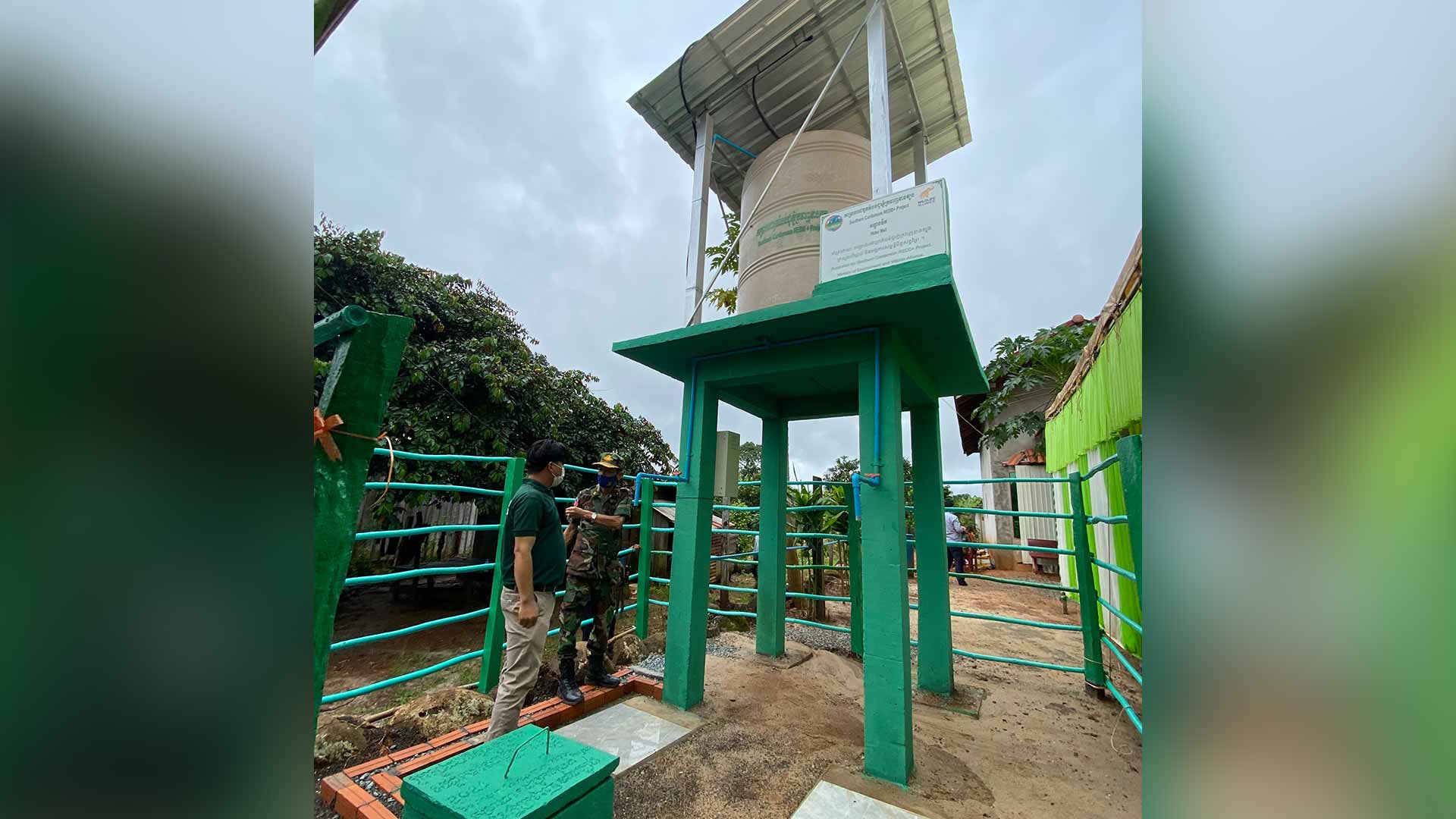
These water wells will be life-changing for the communities they serve. “I couldn’t be happier,” said Romeang Sor sub village chief Eav Saveurn. “I would like to thank the Ministry of Environment and Wildlife Alliance for providing the water well pumps for Romeang Sor village through the Southern Cardamom REDD+ project.”
“We are very happy to bring fresh water access to these remote villages that have survived for many years without the basic human need for clean water,” said Suwanna Gauntlett, Chief Executive Officer of Wildlife Alliance. “The Ministry of Environment and Wildlife Alliance have worked hard to develop this forest carbon strategy but it is now paying off and is bringing sustainable financing to the communities of the Cardamoms.”
The community spoke, we listened
The financial assistance for water infrastructure from the Southern Cardamoms REDD+ Project follows requests to local authorities from community leaders who identified access to fresh water as an urgent need. For example, Romeang Sor village in Tasal Commune, Kampong Speu province has been suffering from drought and low rainfall because of the loss of natural forest around the village that was cut by the villagers themselves and the companies operating in the area.
“We don’t get enough water supply,” said Khat Sokheurn, the village chief of Romeang Sor. “Currently, there are only 6 well pumps used by 82 families, which is not enough and we cannot reach the water tables because they are very deep.”
Water water everywhere but not a drop to drink?
The Cardamoms rainforest is a major water source for Cambodia. Every year, the Cardamoms generate some 3,000-4,000mm of rainfall. So how come communities in the Cardamoms find themselves without water to drink? For some, the cost of a rainwater barrel can run too high. For others, the barrel isn’t enough to get them through the dry season. As UNICEF and the WHO write, the cost of access can be the biggest hurdle to improved access to water. T
When faced with these high costs, some turn to the forest to quench their thirst. Cutting a tree, or trapping an animal today means enough money for drinking water tomorrow.
The Southern Cardamoms REDD+ Project provides an alternative that benefits both people and the planet. As the impact company the South Pole point out:
“By protecting the rainforest, the project ensures the vital ecosystem services continue to function: the catchment area provides fresh water to the largest mangrove forest in the region, and supports the regulation of climate for the South Asian peninsula.”
This rainfall directly supports thousands of villages and countless wild animals, including 60 globally threatened species that call the Cardamoms landscape home. The forest is an important refuge for Asian elephants, Sun Bears, and Clouded Leopards, to name just a few.
That’s why, at Wildlife Alliance, we protect the Cardamoms. Our rangers patrol by land, air and water to protect the rich biodiversity of the rainforest, and ensure that Cambodia can continue its legacy as the Kingdom of Water for generations to come.
How does infrastructure reduce poverty?
Investment in rural infrastructure has multiple benefits and lead to:
- higher agricultural and non agricultural activity,
- employment and income opportunities, and
- increased availability of wage goods
meaning that poverty can be reduced by raising average household incomes.
According to an ADB report, Infrastructure and Poverty Reduction: What is the Connection?
“Greater access of the poor to education and health services, water and sanitation, employment, credit, and markets for produce is needed.”
In Cambodia, there is a serious infrastructure gap, according to a 2019 World Bank report. Amongst the most critical services in need of improvement are water, sanitation and roads.
How do carbon credits in the Southern Cardamoms REDD+ Project work?
The financial assistance for the water infrastructure is the direct result of carbon credits sold to international companies who offset their CO2 emissions through the carbon absorption of the Cardamom Rainforest Landscape.
The Southern Cardamoms REDD+ Project was developed by the Ministry of Environment and Wildlife Alliance since 2017, with international certification awarded in December 2018 and first sale occurring by mid 2019.
Want to reduce your carbon footprint and bring water to rural communities in Cambodia? Contact our carbon credit sales agents Everland and Stand For Trees today.

